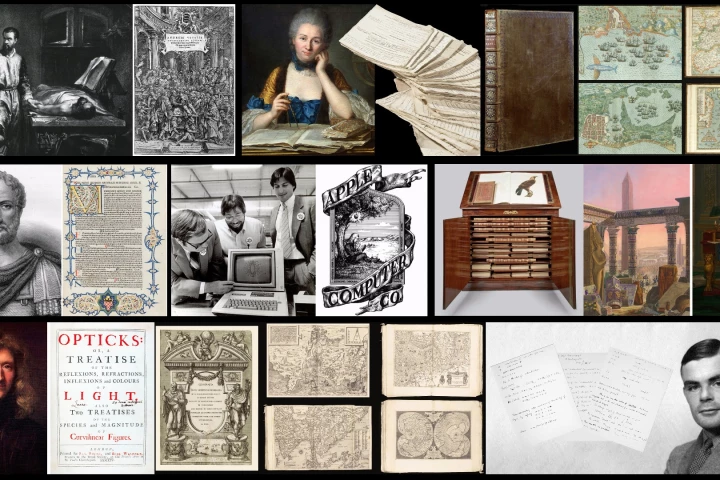Maps
-
Astigan Ltd is developing its A3 High Altitude Pseudo Satellite (HAPS) with the goal of giving cartography a boost. The unmanned 149-kg (328 lb) solar-powered aircraft is designed to fly at an altitude of 67,000 ft for up to 90 days as a way to fill the gap between aerial and satellite surveys.
-
Airthings, the company behind digital sensors that detect radon gas, has built a global map based on frequently updated data pulled from its distributed network of devices installed in customers' homes.
-
Scientists at the Chinese Academy of Sciences have put together the first global carbon dioxide maps based on data from the Chinese satellite TanSat. The satellite also measures “carbon dioxide flux,” changes in its behavior on Earth and in the Earth's atmosphere.
-
A new online map highlights the places which could be hardest hit by climate change. It can be used to compare climates of different locations around the world. Its creators say it could help predict places where extreme weather events like tornadoes could happen in the future.
-
A recent cartographic survey by the British Antarctic Survey (BAS) has found that Mount Hope, at an elevation of 3,239 m (10,654 ft) above sea level, is not only the highest mountain in the British Antarctic Territory (BAT), but in any British territory.
-
The earliest known map of Australia sold for £248,750 (US$321,819) at a Sotheby's auction in London this week. Dubbed Australia's birth certificate, the map was the first to name Australia as Nova Hollandia (New Holland) and the first to name Novo Zeelandia (New Zealand).
-
A team of Philadelphia University freshmen were recently tasked with creating a visual showpiece machine based on a painting which incorporated da Vincian thought processes. They built a cranked machine where sections of a topographical map are slowly raised when the handle is turned.
-
Most common world maps are highly size distorted, with anything toward the poles tending to look much bigger than it really is. Which, in some ways, makes this weird-looking projection a lot more accurate. How it's made is a fascinating process – now, what is it actually useful for?
-
From the rare scribblings of Alan Turing through to the genius of Newton, Einstein and Émilie du Châtelet, we continue to navigate our way through the fascinating list of the 50 most valuable scientific documents of all-time.
-
In the third installment of our series covering the most valuable scientific documents of all-time we encounter works from Aristotle and one of history's greatest female scientists, along with the first "accurate and complete" map of the world.
-
NASA has released a new gravity map for Mars, stitched together from telemetry data collected by a trio of spacecraft orbiting the Red Planet over the course of 16 years.
-
Britain's Ordnance Survey (OS) has released its first map of Mars to examine the potential of the agency's advanced cartographic methods in creating detailed, easy to understand maps for planning future missions to the Red Planet.
Load More











